Coastal areas are unique environments and vary quite considerably from inland conditions (even being a few hundred metres inland can make a big difference). Wind, high salt loading and milder temperatures mean that many traditional plants we love will struggle to grow. Too often, I see coastal gardens laid out in a traditional manner, trying to ignore their proximity to the sea. This is a shame, and a wasted opportunity to be really creative.
Around the world, there are a huge range of plants which have adapted to a marine environment. Some of these are halophytes – plants adapted to saline conditions – but not all. When we think coastal we often (in the UK) think of the Mediterranean, which is a climatic zone type, not just a physical location. There are in fact five Mediterranean climate zones around the world, most of which occupy the Western coasts of continents, between 30° and 45° North or South of the equator. Of course, outside of these regions are many coastal areas which have plants adapted to a marine environment, so we are not limited to just these zones.
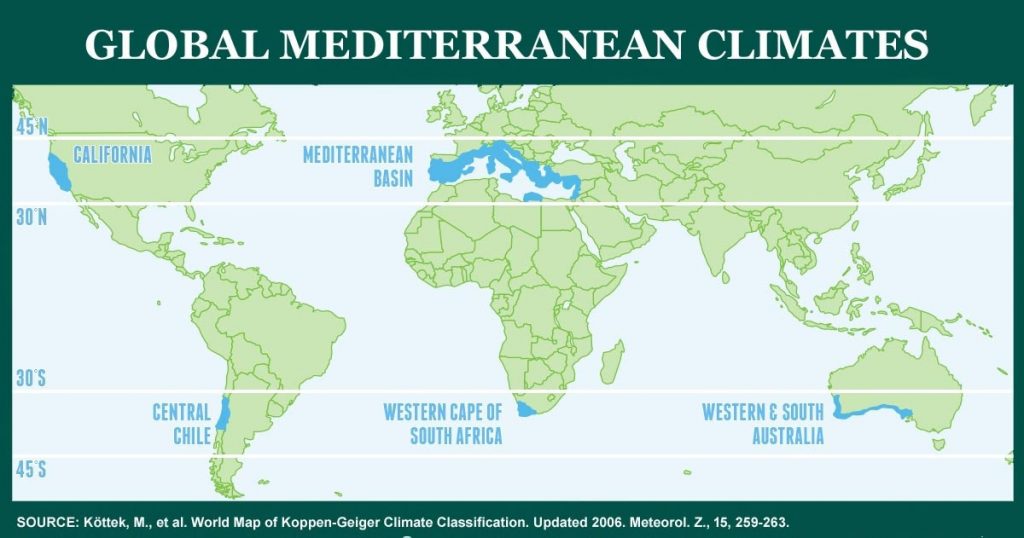
The UK has its own ecology, which is not of a Mediterranean type and there is much to draw on here; from a garden design perspective, native coastal plants can be used in conjunction with many of the Mediterranean zone plants. This is great from an aesthetic point of view, but also useful from the standpoint of creating resilient and adaptive planting from a climate change perspective.
I have a personal and growing thing of not mixing plants from different Mediterranean climate zones, (ie plants from S. Africa with plants from California and even within the various Mediterranean regions). I have yet, however, to fully achieve this aesthetic! There may though, be some ecological benefit in working mostly with plants from the Mediterranean basin area, in that such species of plants and insects are more likely to make the migration here to the UK as a result of climate change than from more distance zones.
Designing a coastal or beach garden – the former being the wider coastal region and the latter just within a beach environment – is a matter of finding plants which match the environmental conditions, and of carefully zoning the garden or landscape into appropriate areas. There are relatively few stalwarts that will survive right on the beach edge, but a much wider range that will fit into the micro-climates of a garden just behind initial shelter. In this respect and for a beach garden especially, the building of micro-climates is key to success. This can be done by a combination of layered planting groups and physical barriers or structures.
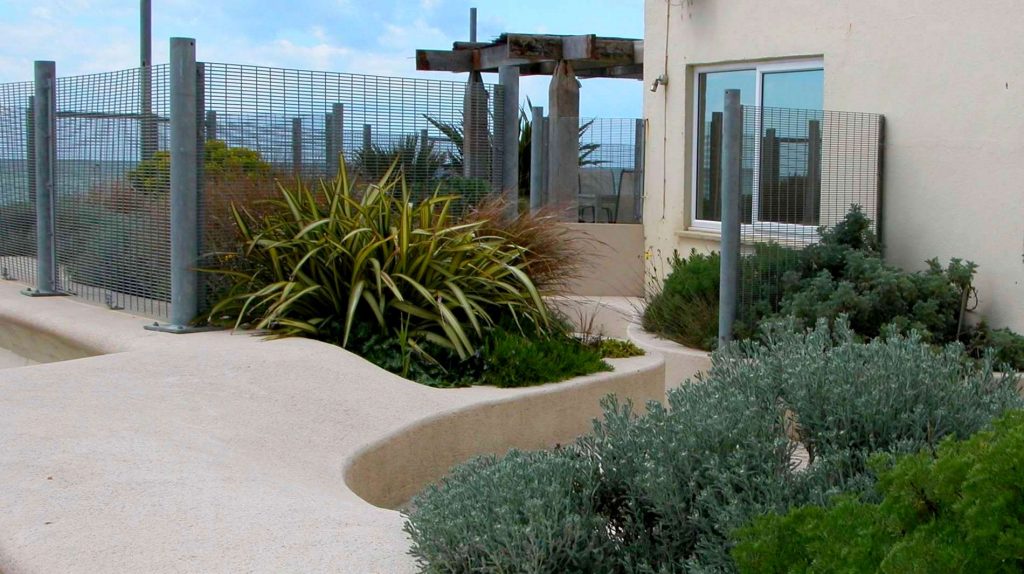
Physical structure plays an important role in defining the garden and creating microclimates. There is, however, a fine balance between a solid fence or wall, and the desire for a view. With side boundaries you may have to have a solid fence but the boundary exposed to the sea (for a beach garden) is another matter.
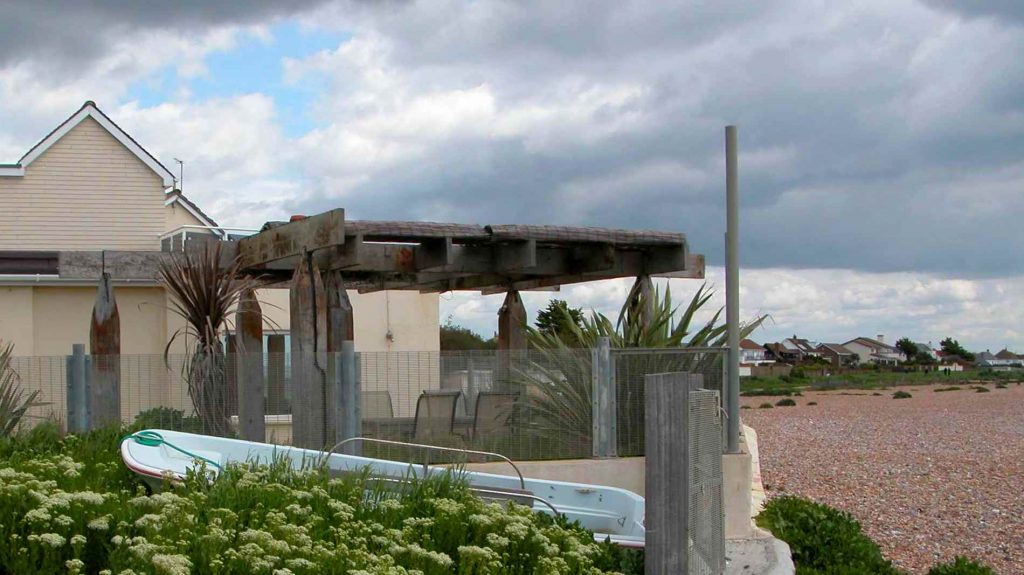
No amount of structure will eliminate the exposure to wind and salt, nor should it as a large part of the appeal in a beach garden is the connection to the elements and the view. This means plants are always going to be exposed, so we have to layer or zone them accordingly. Creating microclimates is key and a hedge will provide shelter, yet they can be a visual barrier too. Often, strategically placed groups of plants can filter the wind, yet retain some views through.
Zoning the garden is good design practice anyway as this gives a holistic overview of the multiple uses and factors which come into play. Design should arise from such zoning and planting design must follow the same rules. Layering plants by exposure, height, form and colour are just some aspects; to this we must add – indeed prioritise – climatic exposure.
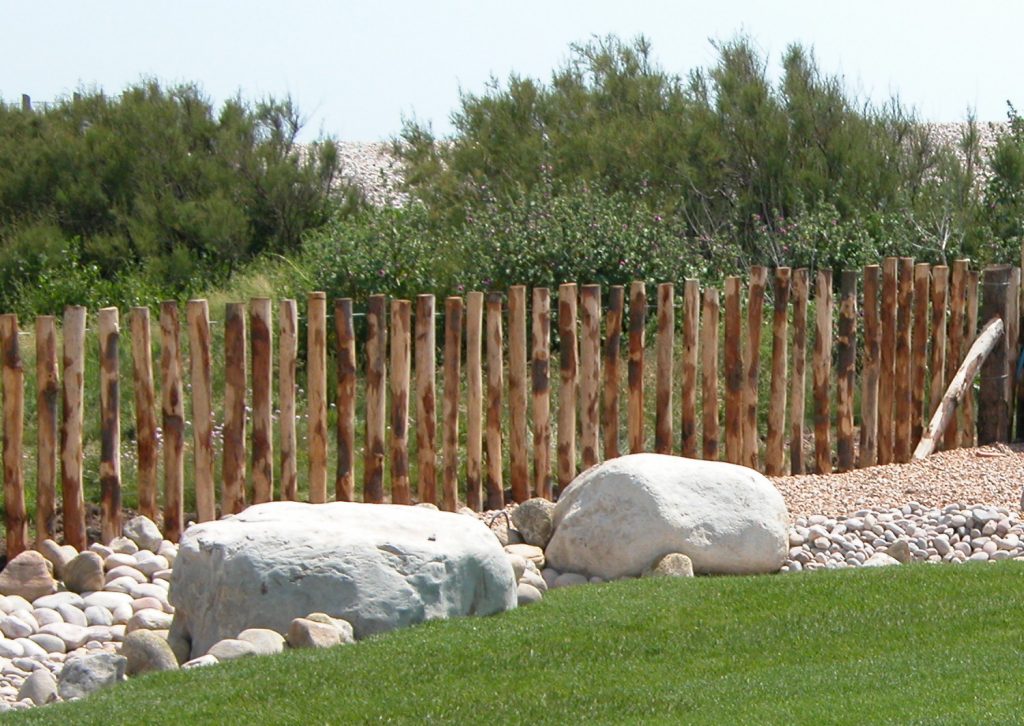
Beach and coastal gardens offer unique conditions and can become extraordinarily beautiful places in which to relax and enjoy connection to the elements and nature. Make your place a special one!
Below are a couple of recent concepts; do contact me if I can help with your garden.
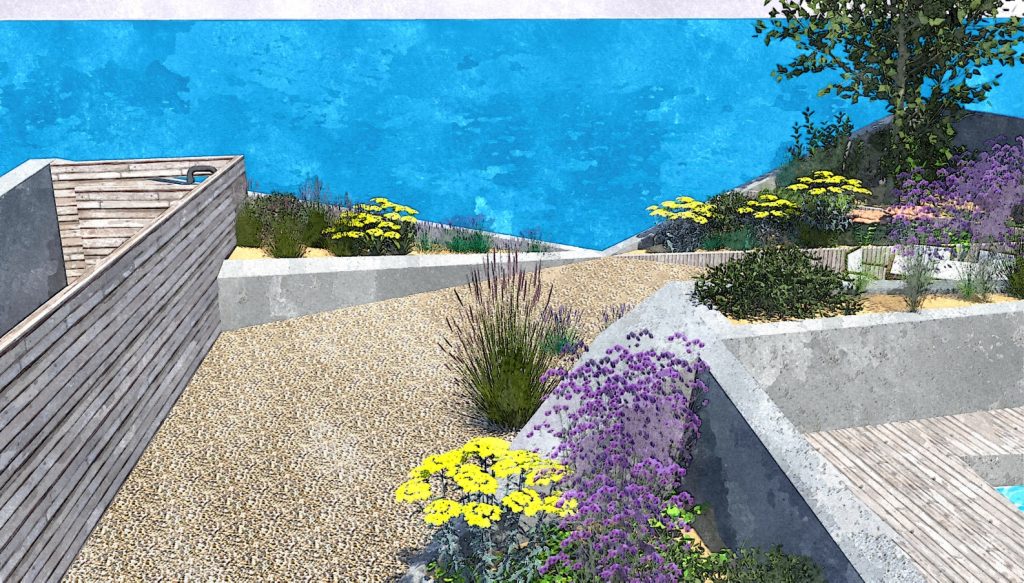
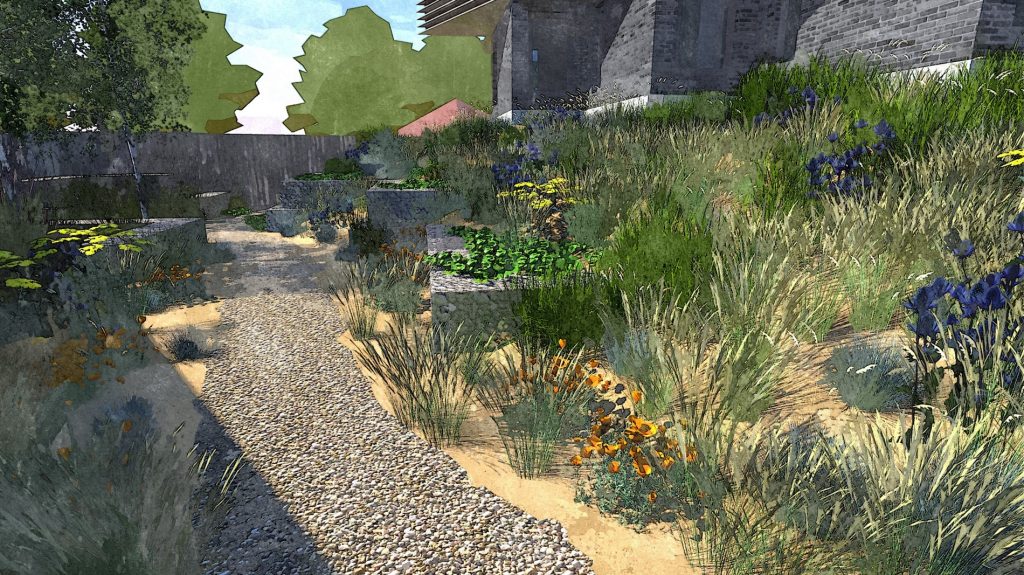

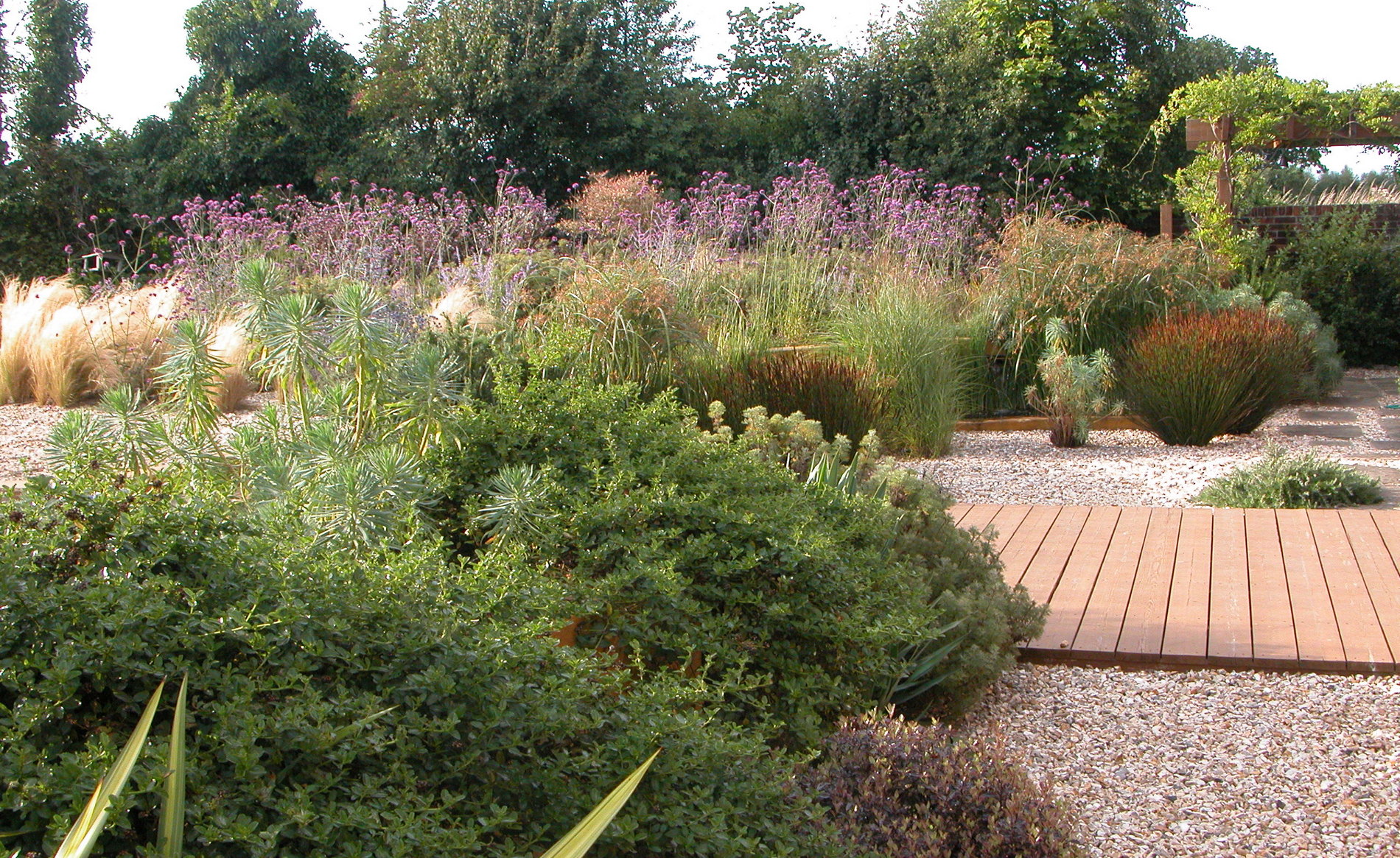
What a unique idea! This is great from an aesthetic point of view, but also useful from the standpoint of creating resilient and adaptive planting from a climate change perspective.